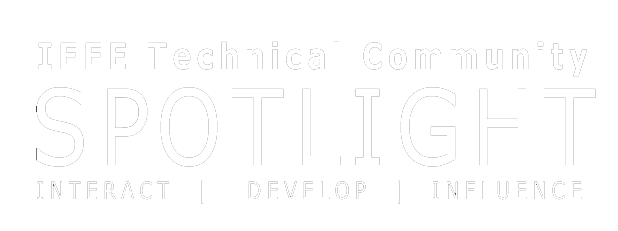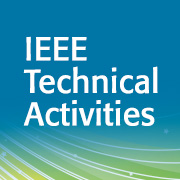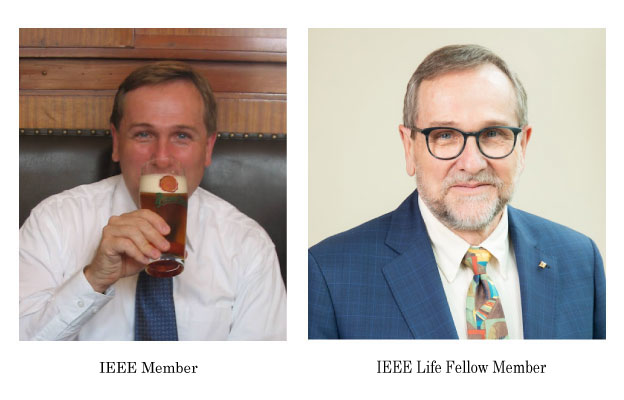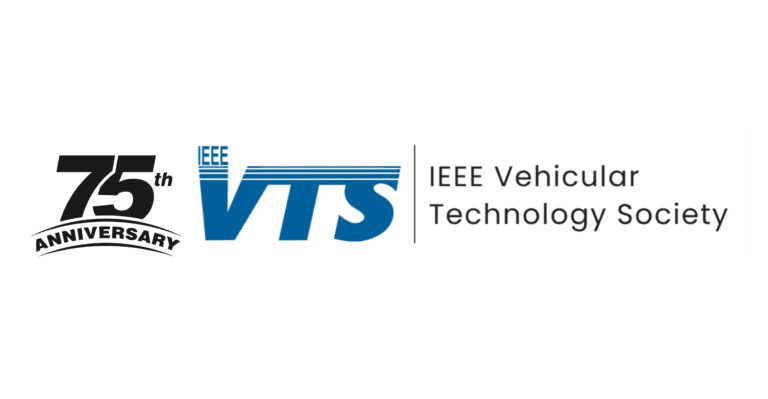Industry engagement. Social media. Membership recruitment and retention. It would be easy, and even tempting, to become siloed in one interest area, or strategy. However, IEEE President-elect Dr. J. Roberto B. de Marca is taking a holistic approach by combining seemingly disparate areas into one overarching vision for the organization’s future.
‘We have to face the challenges posed by social media to professional organizations,” de Marca said from the Meeting Series in New Brunswick, NJ, USA.
“It used to be that professional organizations were the only way to truly connect with your peers and learn about new research and publications. Now people can do that networking online. We have to ask ourselves, what can we deploy in our services and products that will face this challenge?”
This challenge is one that has prompted de Marca to scrutinize all aspects of IEEE, from how the organization recruits and keeps members, to engaging industry leaders, to making the organization attractive to young engineers.
But it’s from this challenge of online engagement that de Marca is taking another lesson; how necessary it is to engage industry leaders for and in the evolution of IEEE.
“Over the years, for different reasons and because the industry changed, participation in the IEEE from the industry has gone down,” he said. “Some engineers feel their companies don’t give them the necessary time to participate in volunteer activities. I’m going to meet with industry leaders to find out what we can do so that they will consider engagement with us relevant, and hopefully motivate them to allow their employees to participate in a way that will help the company, and IEEE.”
This engagement is key for the continued development of new technologies, de Marca says, something he’s made a priority for his presidential year. “We have to stay at the forefront of emerging technologies,” he said. “Investing in fostering and developing, and becoming leaders in the development of, technology like cloud computing, big data, smart cities, smart grid… That’s only possible to do if you have significant industry development. It’s not the academics who push the development of new technologies, it’s industry.”
In that challenge, de Marca is particularly eyeing a younger generation of engineers, who are having their networking needs met through platforms like LinkedIn or Facebook. He says that it’s only through pushing the development of new technologies that these young engineers will be engaged in the IEEE, and in turn, help the organization continue to innovate. “We have products and services here and there that serve young professionals, but do we have a comprehensive package that appeals to the new engineer?” he asked rhetorically.
These new engineers are now anywhere, and everywhere, in the world, as IEEE rapidly grows outside of Regions 1-6. “In my opinion, IEEE has a bigger role outside the U.S. than in the U.S.,” de Marca said. “Some of the IEEE leadership boards are mostly U.S., but when you go to other counties and see the prestige and reputation and impact we can have, our members outside the U.S. are sometimes more passionate and more active, especially the young professionals and student groups.”
De Marca is speaking from experience. He’s held visiting appointments in industry and academia on several continents, and has worked closely with students around the world. Some of his appointments have been in the U.S. at UCLA and AT&T Bell Labs; in France at Telecom Paris; in Germany’s NEC Europe Labs; in Italy at CSELT-Telecom Italia and Politecnico di Torino; in the University of Toronto and the Hong Kong Univ. of Science and Technology.
Despite turmoil in certain regions of the world, de Marca said that IEEE members share a common bond. “When you go to a region 8 meeting you see people from Israel and Iraq sitting next to each other,” he said. “When our members participate in a meeting they are politically agnostic, fighting for development, activities… Their political differences don’t have an impact.”
De Marca said one of his priorities next year will be to bring this same cooperation to the internal operations of IEEE. “One of the challenges is to get all the units to work together, even including staff,” he said.
“But we are learning how to do that through the Future Directions area. That’s an area where we have been learning how to work together with different units to achieve a goal,” he said. “We have to make sure the board can make decisions and see that those decisions are implemented in a timely way. Sometimes it’s a little slow. Of course there may be other changes we can’t know, like big changes in the societies, for instance.”
But despite any changes that may come, de Marca’s vision for IEEE is clear. He sees an efficient IEEE, one that makes the most of its existing technologies, while encouraging industry leaders in their development of new technologies. This will in turn attract new members to help IEEE continue to engage and thrive online and off.
“There’s no one without the other,” he said. “It’s all connected.”
De Marca, who previously served as Vice president of Technical Activities, President of the IEEE Communications Society, Chair of the Future Directions Board, and on the MGA Board, is on the faculty of the Catholic University in Rio de Janeiro, Brazil.







One Response
“In my opinion, IEEE has a bigger role outside the U.S. than in the U.S., de Marca said” Could that be because the IEEE “product” has lost value to US engineers? Could it be that engineers in high growth regions are on a growth and employment path like what existed in the 1970″s in America?
I believe that employment opportunities for technical professionals in the US and in Western Europe are distinctly different from many of the other regions where IEEE is growing rapidly.
If IEEE wants to continue to grow and thrive then it needs to provide a product that technical professionals find valuable, and are willing to pay for.
To me the success of IEEE as a Society is not measured in helping industry leaders bring on new technology, it is about helping your members, in all stages of their careers, succeed.